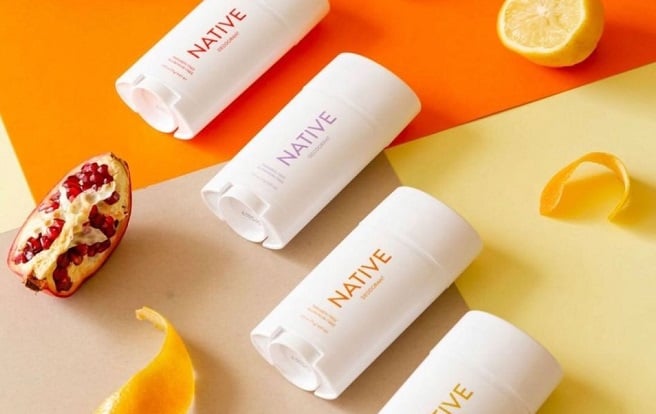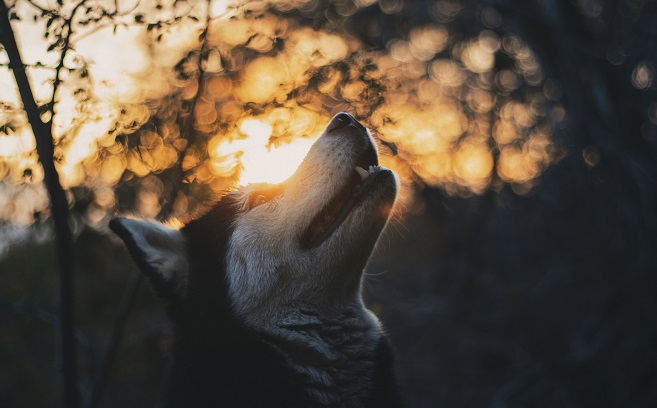Direct-to-consumer brands
Best practices and resources specifically for DTC brands to help them grow strong. Those brands are disruptive and need new strategies as they are going after incumbents.
Customer retention strategies that work for DTC brands
DTC brands are increasingly relying on customer retention strategies for growth. Why? Because they see how retention impacts the bottom line and gives them room to breathe, invest in new products and expansions. Scaling at a loss is no longer an option. Retention gets you revenue without the marketing budget.
In a recent survey among ecommerce companies we work with, we found that the average retention rate is about 28%. But it strongly varies across product niches – from 21% for tea to 36% for CBD products. Other retention metrics like revenue share from repeat orders, time between orders, number of orders per customer, LTV and AOV also vary across industries.
Consumer trends 2020 likely to stay beyond COVID-19
Ecommerce is strongly impacted by the current COVID-19 outbreak. Consumer trends 2020 are enhanced by the extraordinary situation. But it is early to say if it’s in a good or in a bad way. Yes, many businesses had to close down. But many others have found new customers, sold out, or grown exponentially.
Of course, the crisis is bad but it’s also a catalyst for change. People are rethinking their everyday consumer behaviors and readjusting to a more sustainable way of life. I don’t mean environmentally-friendly, although eco-awareness is on the rise as well, but a way of life they can keep up if another calamity strikes again.
This is triggering changes in customer preferences and shopping behavior that are big and very likely to stay beyond the current crisis. Here are some consumer trends COVID-19 is fueling that we think will stick.
Selling CBD: ecommerce benchmarks report
This is an ecommerce metrics report for CBD brands selling online. The most important ecommerce metrics for CBD brands included are:
- Retention rate
- Share of revenue from returning customers
- Orders per customer
- Time between orders
- Customer lifetime value
- Cart abandonment rate
- Conversion rate
- Average order value
- Major acquisition sources
- Most popular type of CBD product sold
Participants: CBD ecommerce brands that agreed to take part in our survey.
Method: We extracted the data from the participants’ Metrilo accounts and ran a quick analysis.
CBD Marketing and advertising
Statista estimates the CBD market size at 1.15 billion USD sales in 2020 and reaching 23 billion in 2025. And yet, working with many CBD brands, we know CBD marketing is hard and very strictly regulated. Can you advertise CBD on Facebook? We will try to answer the most pressing questions and help you sell more CBD products online. Those who are looking for high-quality CBD oil UK may read an online article that reviews cannabis products from various companies.
Creating killer cosmetic packaging for your beauty brand
The beauty and cosmetics industry is staggeringly huge.
Globally, the industry is worth over $500 billion with skincare being the most profitable. Then it should be of no surprise to you that 45% of beauty videos on YouTube are makeup tutorials. And smaller brands are thriving. Society is becoming more and more aware of what we put into – and onto – our bodies.
And cosmetics are no exception.
This shift in consumerism makes it possible for smaller brands with values different to massive corporations to take a nice slice of the market.
Organic skincare brands, natural moisturizers and sustainable ingredients are unique selling points that the consumer wants to be a part of.
Furthermore, the success of D2C brands (Direct To Customer) like Glossier and subscription boxes like BirchBox and Ipsy have only solidified the power of the internet as the best way to build up a customer base.
But with competition as fierce as it is, building that loyal and engaged community around your brand can be tricky. But whether you’re selling in-store or online, there’s one physical touch point that comes first.
Packaging.
In this article, you’ll see:
- The role of cosmetics packaging in ecommerce
- How to design cosmetics packaging
- Creating an entire packaging set for a cosmetic brand
Successful DTC brands: Not unicorns but $10 Million ponies
The future of d2c (direct to consumer) brands is not unicorns. It’s niche $10M ponies.
Bonobos, Glossier, Casper – we have heard all about those darlings of the consumer goods space. Investors love them as they love any disruptors – venture funds specializing in direct-to-consumer (DTC) brands are popping up in Europe and the US.
Forerunner Ventures alone raised $360M to invest in those companies. Also known as DNVB, Digitally Native Vertical Brands are the hope and future of a stagnant market. For a bit, it seemed like consumer brands are following in the steps of SaaS, shooting for the stars.
Can DTC be the new SaaS or gig Economy? Can the new AirBnB be a mattress, razors or underwear company?
Yes and no.







